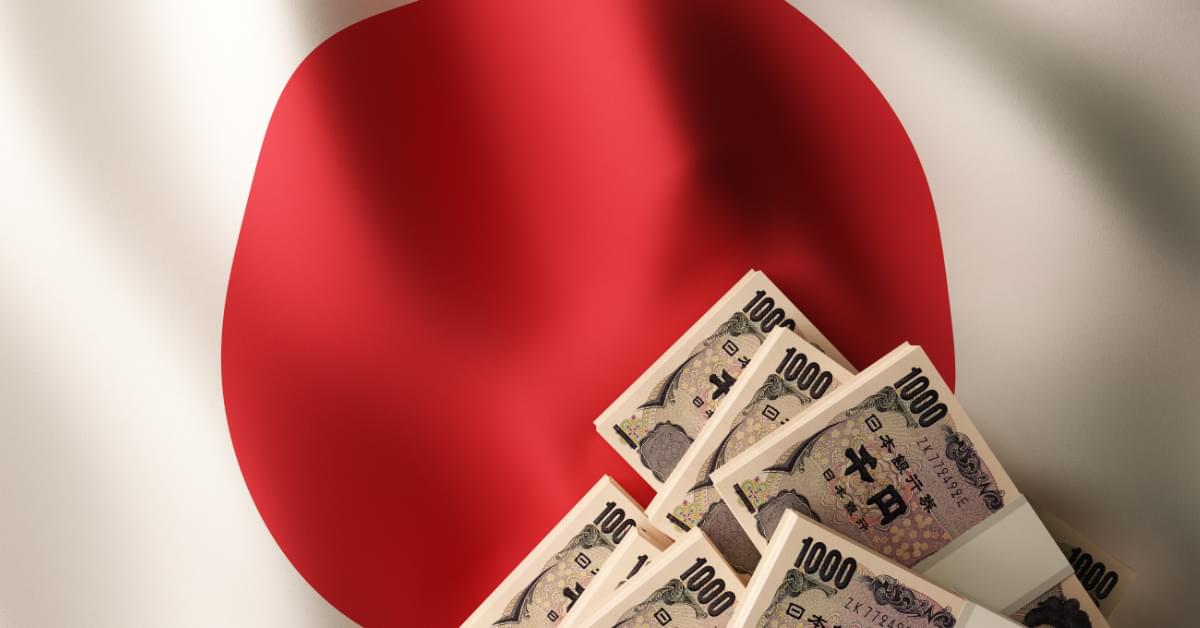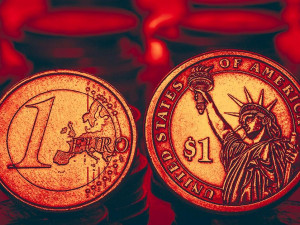
With the Bank of Japan (BoJ) slowly easing Yield Curve Control, global markets are increasingly watching the effect on the Japanese Yen and Japanese Government Bonds caused by the policy normalisation.
We will dive into the topic, taking a look back into why the BoJ implemented Yield Curve Control in the past, how it works and what the outlook for the markets is.

What is Yield Curve Control (YCC)?
Yield Curve Control is part of the monetary toolkit of Central Banks to influence interest rates. It is counted as an unconventional tool as it is not frequently deployed.
Historically, the last time it was widely deployed was during the second world war when the US government sought to support the war economy by suppressing long-term interest rates.
Between 1942 and 1951, the Federal Reserve pegged interest rates on short-term T-Bills and introduced a rate cap on long-term Treasuries in order to stimulate the economy and ease funding conditions.
Similar to how the US operated in the war period, YCC implemented in Japan aims to target or limit the level of specific interest rates on typically long-term government bonds to influence broader financial conditions, thereby suppressing long-term rates.
How does the Bank of Japan implement YCC?
Controlling the yield curve is effectively achieved by active participation in the government bond market. Through the concurrent quantitative easing (QE) programme, the BoJ had the authority to purchase government bonds in the open market and grow its balance sheet.
In order to control the yield curve, the central bank was effectively targeting the 10-year government bond market: at points when yields were about to move outside the cap defined by the BoJ, the bank would purchase bonds (or conversely sell them) in order to keep the yield within the desired range or band. Due to rate pressures upwards, the bank was a constant buyer in the JGB market rather than a seller.
The rationale behind YCC implementation in Japan
The Bank of Japan implemented YCC in 2016 in order to stimulate economic growth and fight the then-prevalent deflationary environment. Under the policy implemented at the time, the BOJ sought to keep the yield on 10-year Japanese government bonds at around 0% and the short-term interest rate target at -0.1%, thereby effectively controlling the slope of the yield curve.
Specifically, the BOJ aimed to:
- Keep short-term interest rates anchored near zero
- Target the 10-year JGB yield around 0%
- Maintain loose monetary conditions to stimulate growth
- Prevent excessive yen appreciation from higher yields
- Loosen financial conditions in a broad sense, benefitting banks, insurers and businesses
YCC’s effect on the JPY
Back in 2016, when Yield Curve Control was introduced, the policy had an immediate effect on the JPY/USD exchange rate. After initially falling against the dollar when YCC began, the yen slowly strengthened through 2017 and 2018, albeit not significantly.
From 2019, the capping of any increase in yields led to a gradual decline in the value of the Japanese Yen, which magnified starting in 2021, when global yields started to rise, but YCC was still depressing domestic yields in Japan.
The yen hit a 24-year low against the dollar in October 2022, as the BoJ maintained ultra-low rates while the US Federal Reserve aggressively hiked rates and has only recovered slightly in 2023 so far.
By keeping long-term yields low, YCC has reduced returns for domestic investors and encouraged them to invest overseas in search of higher yields. This outward flow of capital has likely contributed to yen depreciation. However, the BoJ views a (controlled) weaker yen as necessary to boost growth and inflation.

Outlook — effect of the BoJ’s announcement to end YCC
Now, after years of successfully managing inflation and yields, the Japanese Economy is on the up again. Growth has returned, and so has inflation.
In fact, while inflation is on a downward trajectory in most of the developed world, Japanese Inflation is still on the rise, worrying policymakers.
As a result, the BoJ needs to carefully manage the transition away from YCC. In their latest central bank meeting at the end of July, the Bank has thus implemented a somewhat unexpected decision to ease the ultra-loose monetary policy under their now governor Kazuo Ueda.
The bank signalled to the market to allow the 10-year bonds to move closer to a new yield cap of around 1% before intervening.
The challenge remains tough to manage the market expectations with regard to yield and the value of the Japanese yen in tandem, in a high-inflation environment.
If the BoJ moves too quickly to allow rates to rise, it could choke off the country’s return to economic growth. But maintaining some sort of YCC for too long risks further distorting bond markets and enabling speculation against the yen.
Hence, market speculation will probably remain regarding the central bank’s future policy on deciding whether to allow rates to rise or the yen to weaken.
Do you hold exposure to the Japanese Yen? You can hedge your currency risk with Currencytransfer’s network of FCA-regulated partner firms. Sign up for our platform and receive access to a variety of ways to hedge your risk and transfer funds.
G.C. Wagner
Gustav Christopher is a writer specialising in finance, tech, and sustainability. Over 15 years, he worked in banking, trading and as a FinTech entrepreneur. In addition, he enjoys playing chess, running, and tennis.



